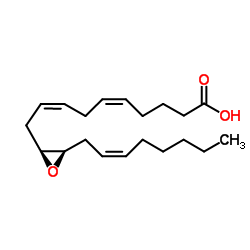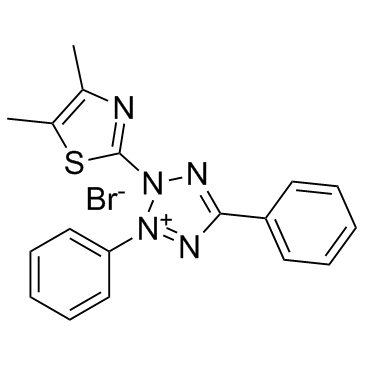| Structure | Name/CAS No. | Articles |
|---|---|---|
 |
AUDA
CAS:479413-70-2 |
|
 |
(11S,12R)-EET
CAS:123931-40-8 |
|
 |
Thiazolyl Blue
CAS:298-93-1 |